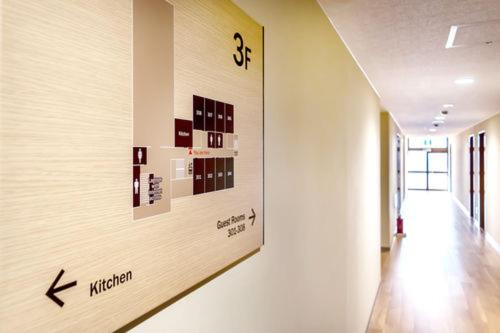Jurin-in Temple
menuMenu
A temple steeped in history, showcasing the strong influence of Kamakura-period architecture. Be sure to see the National Treasure Main Hall and the Important Cultural Property stone Buddhist reliquary.






Highlights
- The National Treasure Main Hall, a Kamakura-period residential-style Buddhist hall
- The Important Cultural Property stone Buddhist reliquary, a granite cabinet-style reliquary
- Intricate carvings of Jizo Bosatsu (Ksitigarbha Bodhisattva), the Ten Kings, Kannon (Avalokiteshvara), and Fudo Myoo (Acala)
- Located in Nara-machi, a district preserving Edo and Meiji-era townscapes
- A temple of serenity and history
Basic Information
- Address
- 27 Jurin-incho, Nara City, Nara Prefecture Search for tourist attractions in Nara
- Access
- Take the Nara Kotsu bus (bound for Tenri Station) from JR Nara Station or Kintetsu Nara Station and get off at Fukuchiin-cho. It's a short walk from there. Show route
- Op.Hours
- Monday: Closed, Tuesday: 8:00 AM - 5:00 PM, Wednesday: 8:00 AM - 5:00 PM, Thursday: 8:00 AM - 5:00 PM, Friday: 8:00 AM - 5:00 PM, Saturday: 8:00 AM - 5:00 PM, Sunday: 8:00 AM - 5:00 PM
- Cld.Days
- Mondays
- Fee
- Admission Fee: ¥300 for adults, ¥150 for children
- INFO
- Free parking is available, but spaces are limited. Paid parking is also available nearby.
Overview
Recommended nearby attractions
Fukuchiin Temple

The main hall, rebuilt in the Kamakura period, is designated as an Important Cultural Property and houses a large Jizo Bosatsu statue.
Futaiji Temple

One of Nara's leading temples, rivaling Todai-ji Temple. It's packed with historical and traditional highlights, including a National Treasure Golden Hall and Five-Story Pagoda.
Enjō-ji Temple

A temple featuring a beautiful garden designated as a place of scenic beauty and a historic main hall rebuilt in the Kamakura period. A tranquil and healing space where you can enjoy the scenery throughout the four seasons.
Chūgū-ji Temple

Chūgū-ji Temple, known for its connection to Prince Shōtoku, is located next to Hōryū-ji Temple and boasts a national treasure five-storied pagoda. Experience the history and culture within its serene grounds.
Shosoin Treasury

Shosoin, sometimes called the final stop on the Silk Road, holds countless precious treasures reflecting a fusion of Eastern and Western cultures.
Gakuon-ji Temple

Contemplate precious Buddhist statues, including a National Treasure Yakushi Nyorai statue and Important Cultural Properties such as the Four Heavenly Kings statues, within a serene space surrounded by ancient trees over 1000 years old.
Saidai-ji Temple

One of the representative temples of ancient Nara, boasting numerous national treasures and important cultural properties.
Tachibana-dera Temple

Tachibana-dera Temple, known for its connection to Prince Shotoku, is a historic temple believed to have been founded in the Asuka period.
Kairyuouji Temple

Kairyuouji Temple, established during the Nara period, is where Genbo, a member of the Kentoshi, introduced the latest Buddhist teachings to Emperor Shomu and Empress Komyo. This temple, brimming with history and tradition, houses numerous precious cultural assets, including a National Treasure five-story pagoda and the West Golden Hall, an Important Cultural Property.
Isonokami Jingu

Isonokami Jingu, one of Japan's oldest shrines, sits at the foot of Unebiyama, considered the mausoleum of Emperor Jimmu. It boasts numerous historically significant structures, including a National Treasure honden (main hall) and other Important Cultural Properties.
Nearby Hotels
Konjaku-So Nara Naramachi Sauna Villa

Nara Guesthouse Kamunabi

Hotel Obana

Comfy Stay Sarusawaike

Nara Hotel

Miroku Nara by THE SHARE HOTELS

Nara Ryokan

Asukasou Hotel

The temple -Houjuji-

NARA Visitor Center and Inn

